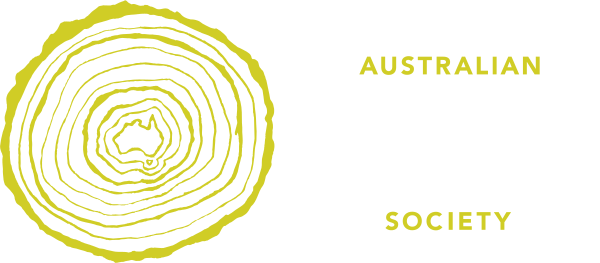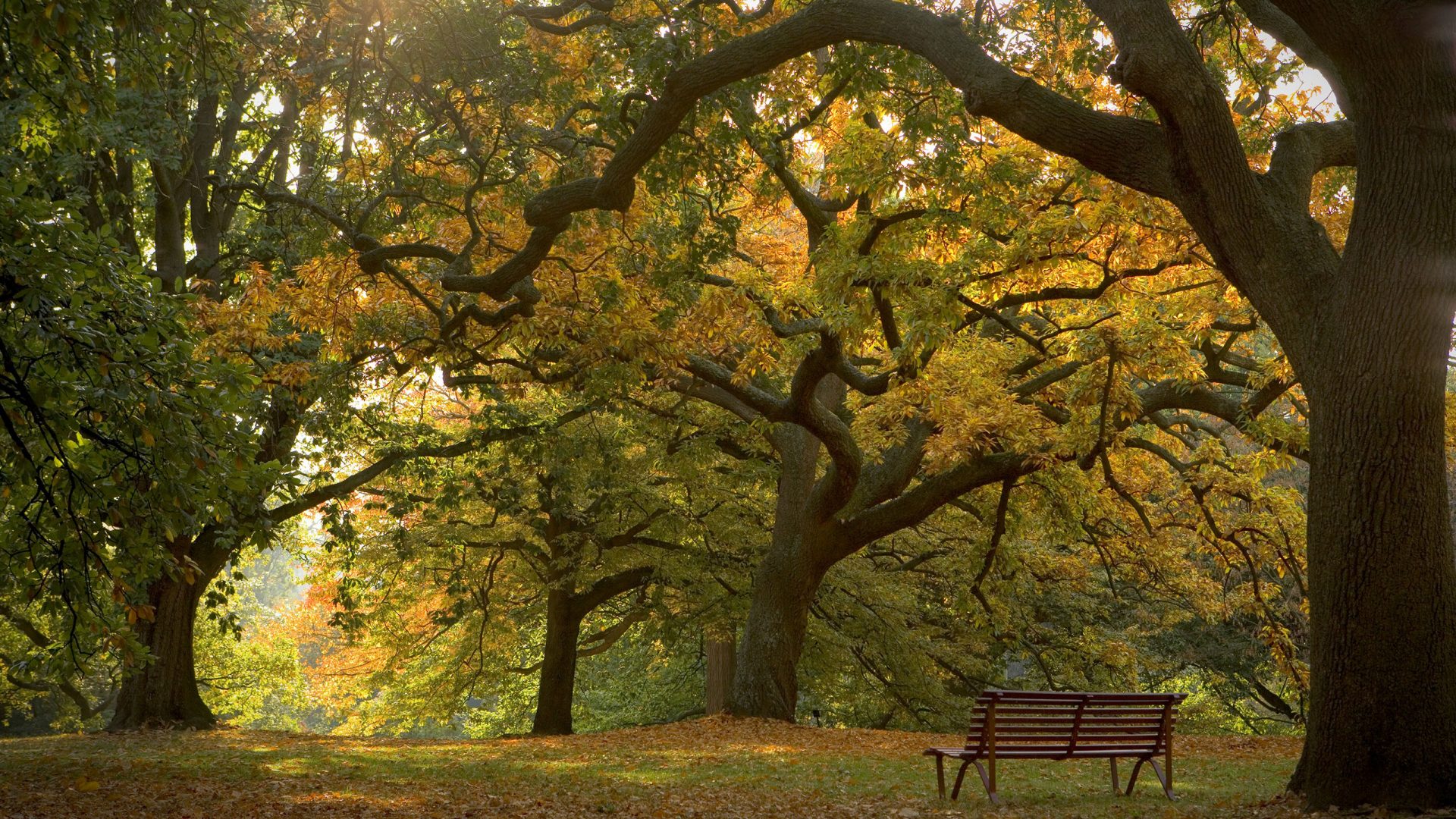Gardeners have long built and re-built communities. Great swathes of land and some important Australian gardens were lost or significantly damaged in the fire and hailstorms of the 2019-2020 summer. In keeping with the AGHS mission to promote awareness through engagement, research and advocacy we propose that our membership galvanise over winter and through this ongoing time of COVID-19 isolation, pitch in, uncover and improve the visibility of Australia’s parks, gardens and cultural landscapes within Australian historical newspapers.
Inspiring stories of endurance, and triumph are widely documented in the Australian press – from the discovery of new plants and habitats, to modest reports of efforts to establish food and community gardens. The documented evolution of Australian gardens in all their seasons; learnings from traditional owners within the natural landscape; gardening advice; and biographies of the personalities involved are all available online, as far back as 1803. The Australian newspapers in the TROVE discovery service hosted by the National Library of Australia offer national coverage, and include languages other than English. There is content to appeal to anyone’s natural curiosity or specific historical research interests.
“We learn from our gardens to deal with the most urgent question of the time: How much is enough? ” Wendell Berry
How can you get involved?
Digitisation is one thing, but the legibility of scans produced from old newspapers often presents challenges due to the variety of fonts and complexity of typesetting. Optical character recognition has been applied to the thousands of pages of newsprint digitised by the National Library and its partners, but machine-reading is less than perfect. A tribe of “Voluntroves” have already corrected almost 360 million lines of text and in so doing, have made a valuable contribution to this resource, and helped to improve search results.
New content comes online daily and by proof-reading and correcting the text, you too can help unlock the content. By tagging topics you will also help others make connections between the articles, illustrations, advertisements and editorials with meaningful phrases which may not occur within the text.
You may already know TROVE, but a BRAND NEW version was released on 26 June, so this is a golden moment to become a Voluntrove, contribute to the work of AGHS, and perhaps get hooked on this enticing activity.
Getting started is easy and fun. For those who are new to this keyboard addiction, useful guidance about text correction and tagging is offered by the TROVE team online. You find it under the Help section of TROVE – trove.nla.gov.au – select Help from the top bar, and from the results select Become a Voluntrove.
You can correct, tag and comment anonymously, or set up your own personal account – for free – which allows you to more easily keep track of your progress. Again, you do this from the Help page of TROVE. Select Your Trove account and follow the instructions.
To start correcting, from your favourite web browser, call up trove.nla.gov.au.
1. Type in your search terms: for example, your favourite Australian garden, garden designer, or garden writer, and from the results set select ‘Newspapers & Gazettes’ (this is on the top bar).
2. Refine your results. From the right side of the screen select ‘Newspapers’, and possibly the place of publication, the title of one or more Newspapers you may think relevant, the range of dates and so on.
3. Open the link to an article to work on.
4. Click on the ‘Edit text to match article’ button and go for it, remembering to ‘Save and exit’ when you are done.
We have established a public list within TROVE to offer you some examples of articles that have been text corrected and tagged. To find this list, type ‘AGHS sample tagged entries’ into the TROVE search box, choose the ‘Lists’ category (pull down the arrow on the right side of the search box) and execute your search or go to directly to the list.
When tagging, we suggest that you follow simple standard formulas so that everyone’s efforts can be easily drawn together to showcase the history of Australian gardens. For example, use ‘Gardens of …’ with placenames qualified by state or territory – Gardens of Springbrook (QLD) and Government House gardens (ACT); and the full form of a garden club’s name – First Canberra Garden Club. Searching for and then tagging topics of particular importance to AGHS like gardens or landscapes at risk and Avenues of Honour can be particularly rewarding. We suggest that you add the tag AustGHS to indicate articles you have tagged as a member of this AGHS project.
Share your Australian garden history discoveries
A simple search on a very specific topic often ends in a search about something else entirely …
And we invite you to share your Australian garden history discoveries by posting to your personal or community social media channels and tagging AustGHS, talking within your Branch or contributing to the Society’s newsletters.
We hope that in the AGHS’ 40th anniversary year, we can all come together and continue to make a difference.
More ideas, queries or suggestions – contact Nancy Clarke 0423 690 626 or clarkenancy624@gmail.com.

